Back in August, I hiked Mt. Fuji for the first time with my friends. Mt. Fuji is probably the mountain I’ve seen the most - it’s apparent from various places in the greater Kanto area.
I was fortunate that I was able to hike in nice weather. The forecast did not look good until two days before the planned day, which made me worry, and I wasn’t sure if I could go until the day before. As a result, we could enjoy hiking in beautiful weather, which turned out to be one of the best hiking experiences ever.
The hiking route was well-maintained with many signs, and every restroom was clean, as it’s a world heritage. I was surprised to see some mountain huts even sell clothes!
I stayed at the closest mountain hut from the summit, called the eighth station Tomoe-kan. Although it was mostly cloudy, I could see the sunrise and hike around the Ohachi-Meguri trail to the highest point in Japan, Kengamine.
Day1
We arrived at the Fuji Subaru Line 5th Station around 11:00 AM with the highway bus from Shinjuku. We stayed there for an hour to adjust our bodies to the high altitude. It’s already 2300 meters above sea level here. We had lunch, enjoyed desserts (Mt. Fuji Melon-Pan was terrific!), and shopped a little to pass the time.
There was a body temperature measuring gate due to COVID. Staff put a bandage on my backpack, saying, “temperature check done.”
The route was mostly easy, with only gentle slopes. There were occasionally rocky parts or steps with large gaps, but it seemed like people who did not have any hiking experience could also hike if they had a certain physical strength. There are plenty of mountain huts where we can purchase food and drinks; also, most places provide benches to rest. However, I felt those with no experience with hiking should hire a guide because Mt. Fuji’s weather changes quite frequently as it’s a long route.
I’m not sure if it was because of the altitude and low oxygen, or the views were too beautiful, or countless mountain huts on the trail were enjoyable (one of them even offered a cup of free chai tea!), we took over 1.5 hours than the initial plan. We arrived at the mountain hut, the 8th station Tomoe-kan.
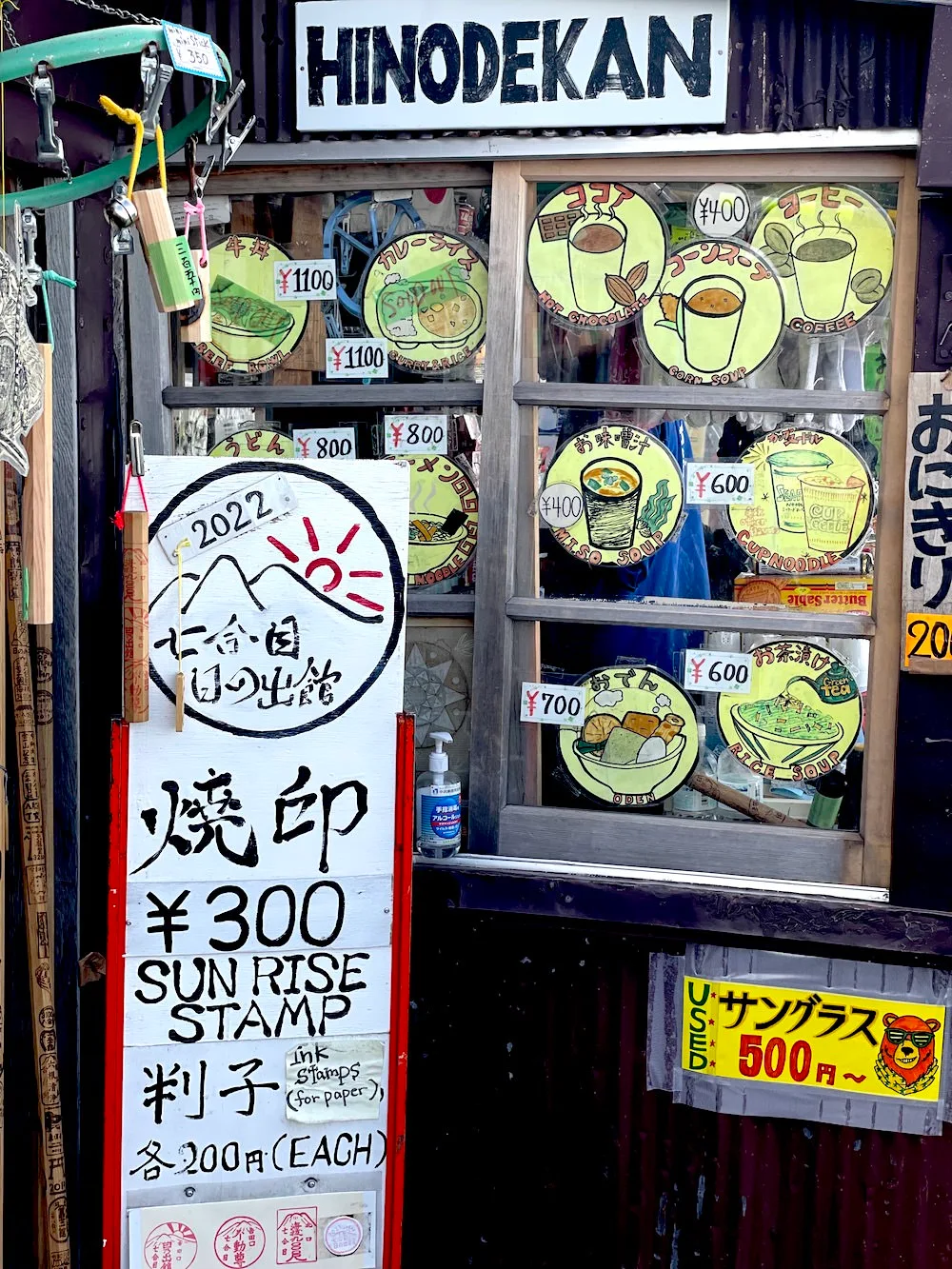 |
It was almost dinner time when we got there, so we quickly changed our clothes and went to the dining room on the first floor. We reserved a so-called “private room,” but it was more like a “private space” as curtains only separated it.
The dinner was curry-rice. It tasted perfect (well, I was starving), and I had an extra cup of warm milk as a nightcap. If the dinner wasn’t enough to fulfill your appetite, you could purchase additional food and drinks, such as udon and soba noodles. (Note they don’t sell any alcoholic beverages) I think the milk was about 500 yen.
We turned into our beds at around 8:00 PM for the next day.
Day2
We woke up at 2:00 AM. We weren’t sure about the weather when we went to bed. A strong wind was blowing, approximately 10-12m, but we decided to head out because many tours were already outside.
The mountain hut was generous in keeping unnecessary stuff, so we left most things at the hut and could hike towards the summit with minimum gear. Left the hat at around 3:00 AM.
Countless people were hiking towards the summit, and the lines of all hikers’ headlamps seemed like Christmas lights. We could only move 1-2 steps at a time and had to wait for people in front to move. It was freezing, especially when the strong wind blew.
Few volunteers were standing for hikers at the 9th station; it was heartwarming when they cheered hikers up. Clouds were moving so fast, but we were lucky to see the sunrise in between the clouds. I was very impressed by the stunning view and almost cried…
There was also a hut near the summit, selling warm amazake, sake, oden, etc. It was tempting, but I avoided having alcohol.
It was still windy, but we decided to try hiking to the highest point in Japan, Kengamine because we saw many tours with mountain guides who kept walking. We stopped by the Asama Shrine and the post office. I was surprised and impressed that people built a post office here. (They give a limited stamp) My friend sent a postcard to the Philippines so they also accept mail abroad.
Then we reached Kengamine. There is just a stone sign, but I felt like I made a huge accomplishment when I arrived there.
After I got back to Tomoe-kan, I had a warm Cup Noodles. That Cup Noodles tasted the best in my life. My body was chilled to the bone, and it gave me the power to hike toward the gate at the fifth station. We had a long rest and started walking toward the gate.
List of things I brought:
I carried approx. 6kg without water and trekking poles.
Basic gears
- Trekking shoes
- Trekking poles
- Headlamp
- Emergency kit
- Waterbottle
- Sanitizing spray
- Insect repellent
Clothes
- Extra T-shirt and thermal wear
- Extra short pants
- Extra socks
- Down jacket
- Down pants
- Fleece neck gaiter
- Gloves
- Rain jacket
- Rain pants
- Hat
- Sunglasses
- Towels
- An one-piece to change after finishing hiking
Food
- Gummies
- Trail mix
- Cereal bars
- Yokan bars
- Salty candy
Sleeping gears
- Cotton liner
- Earplugs
- Eye mask
- Mask
- Skincare goods and cosmetics
- Sunscreen
Things that were nice to have:
1) Earplugs and an eye mask
I slept with earplugs and an eye mask. A few of my friends told me that the sound of other people woke them up in the middle of the night. Thanks to them, I did not notice at all.
2) Extra clothing for warmth
I brought a fleece jacket, fleece neck gaiter, a down jacket and pants, and fleece gloves. I wore everything when I was hiking toward the summit. A down jacket and pants were unnecessary.
The GORE-TEX jacket and rain pants helped me a lot. I felt it was protecting me from the wind. My fingers got freezing in the end, so gloves were a must.


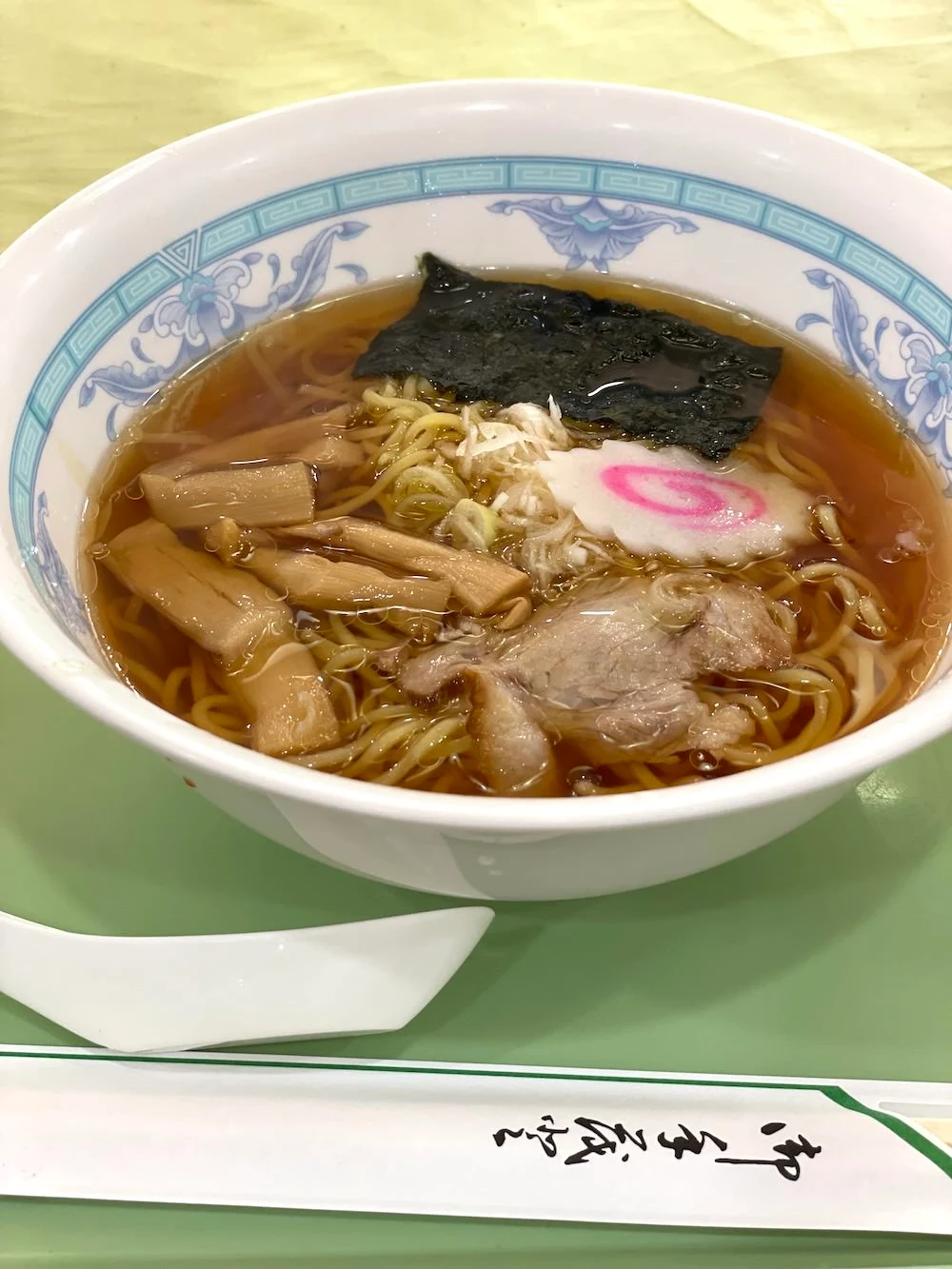

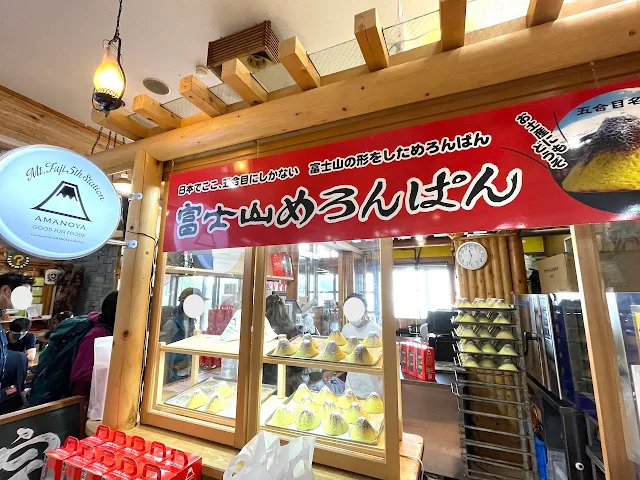
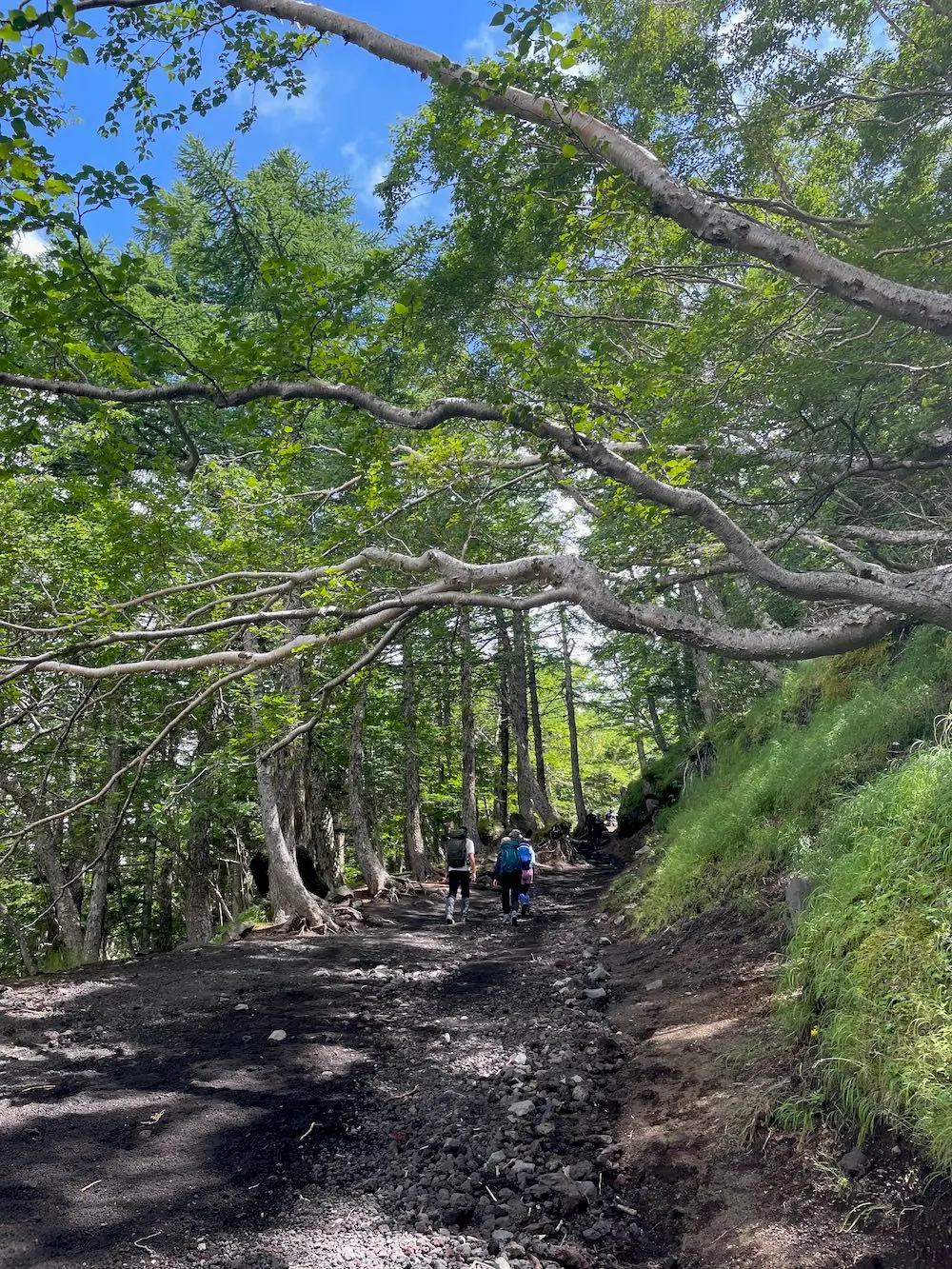
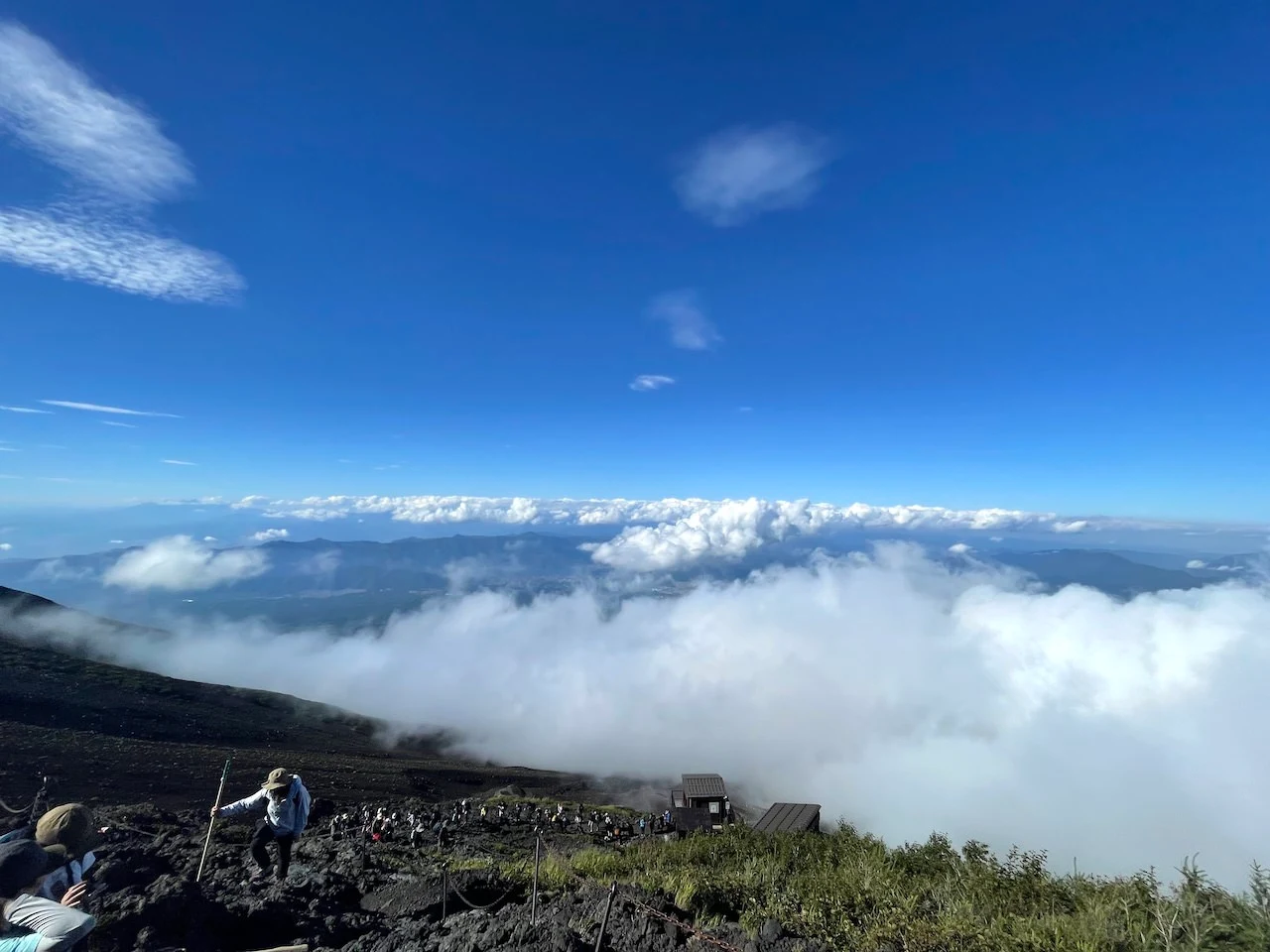
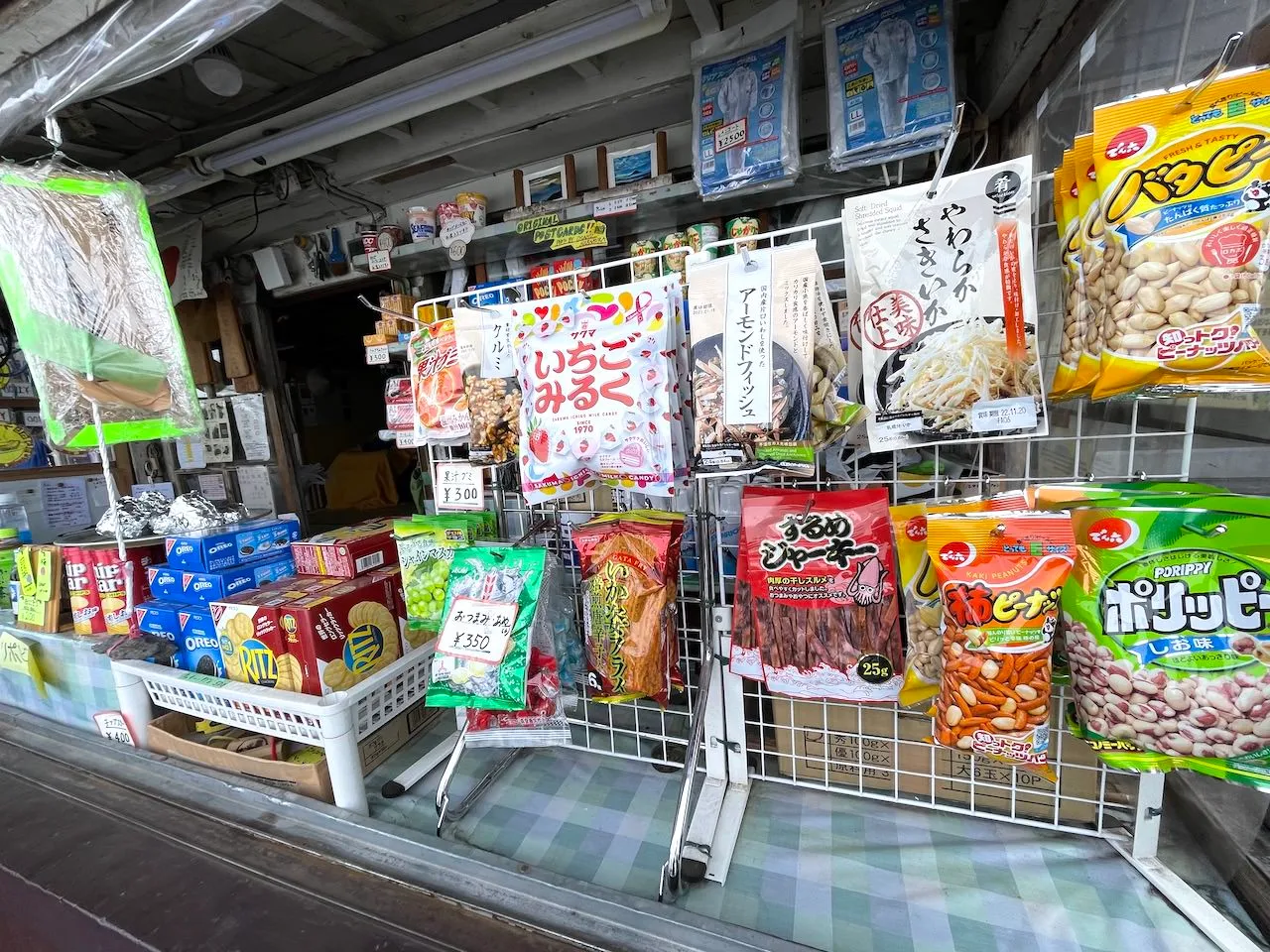
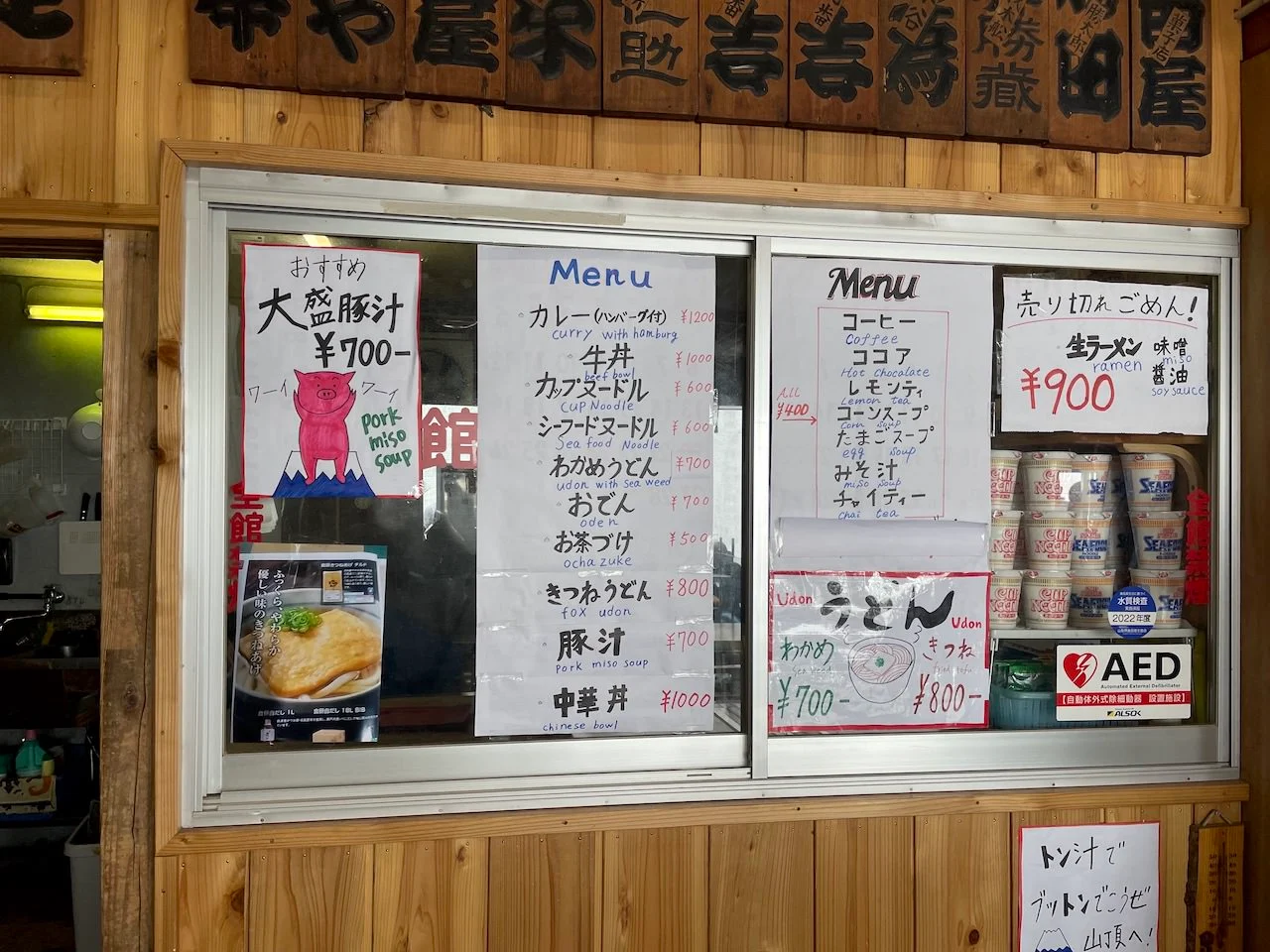
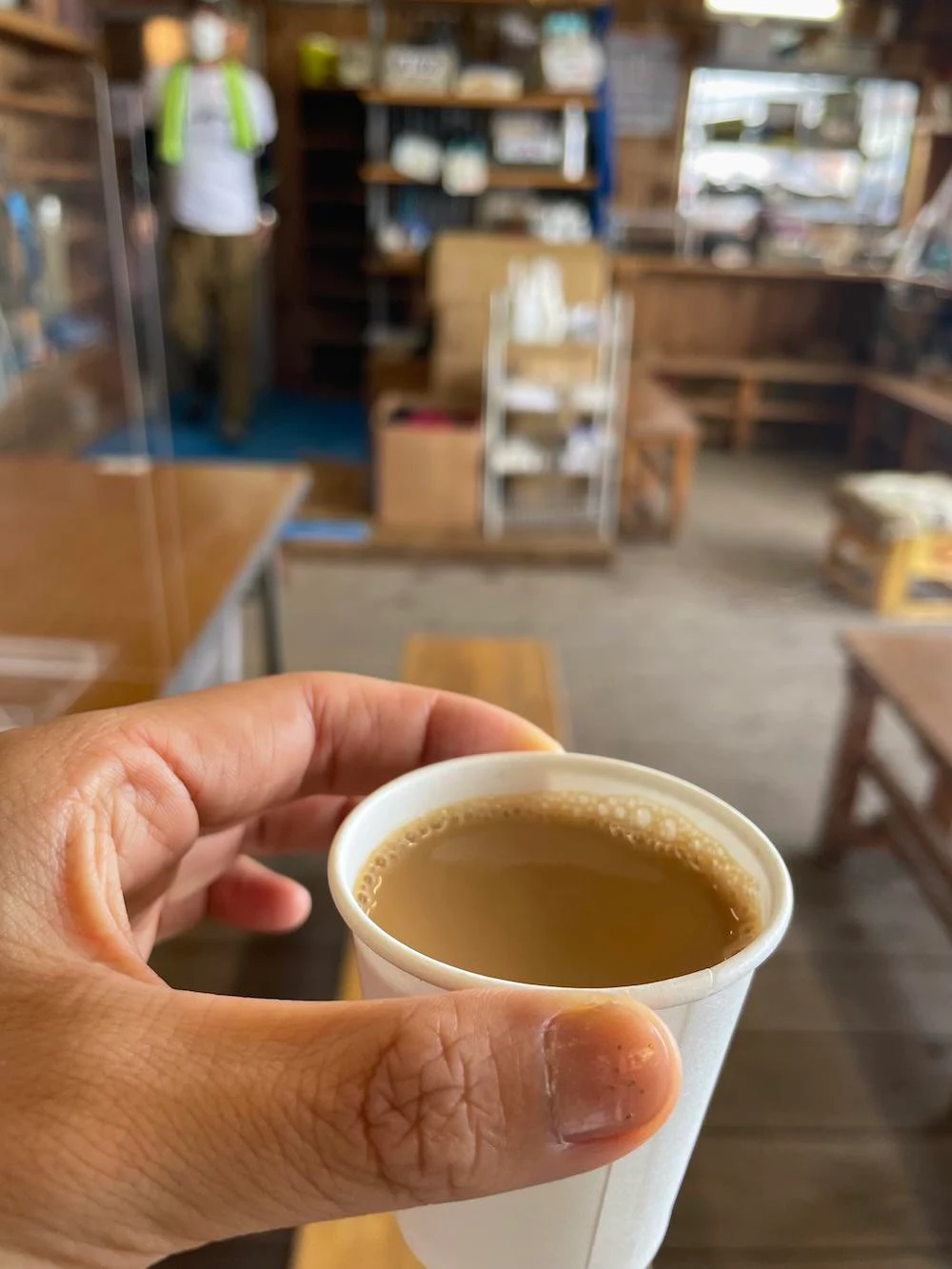

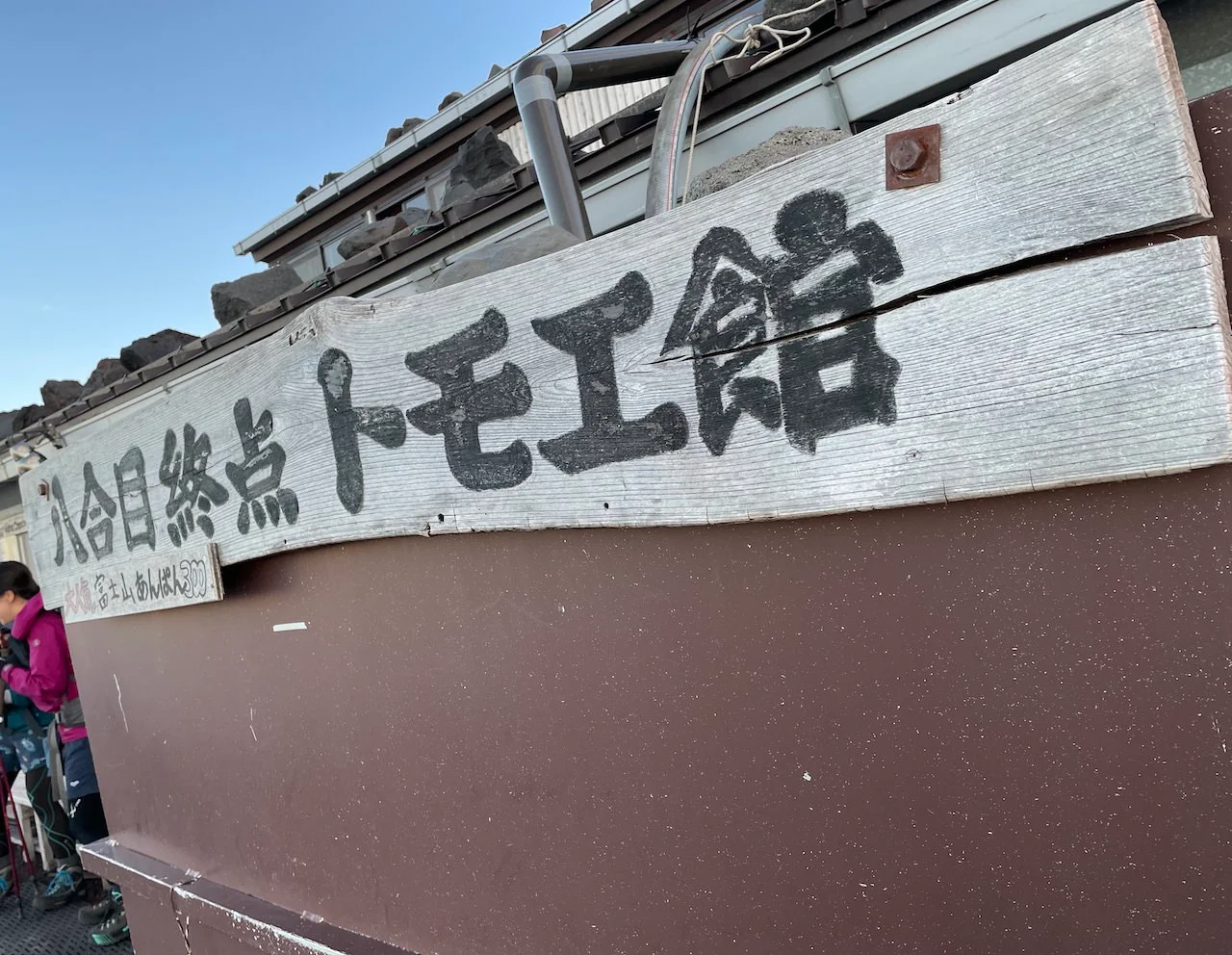

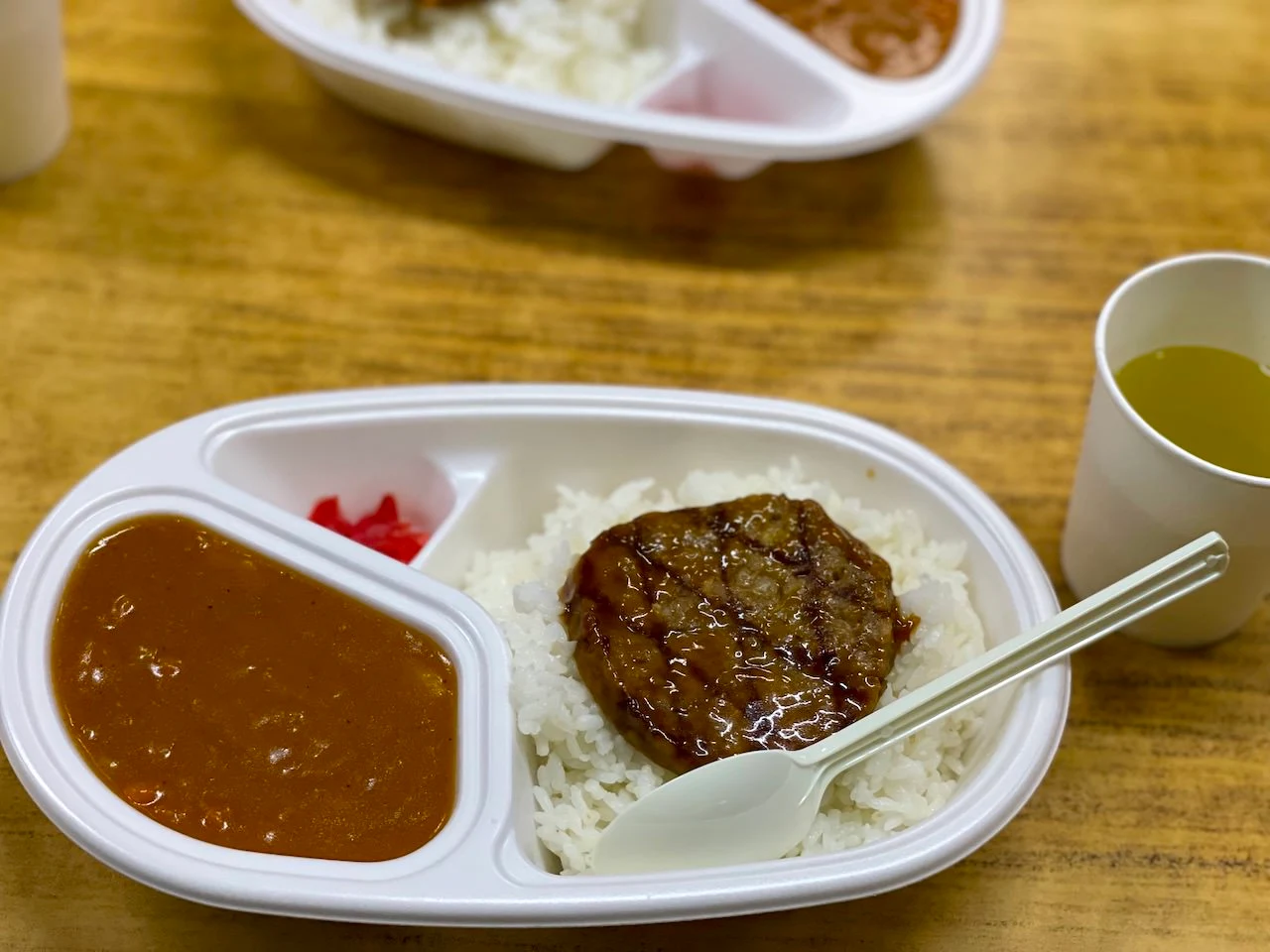


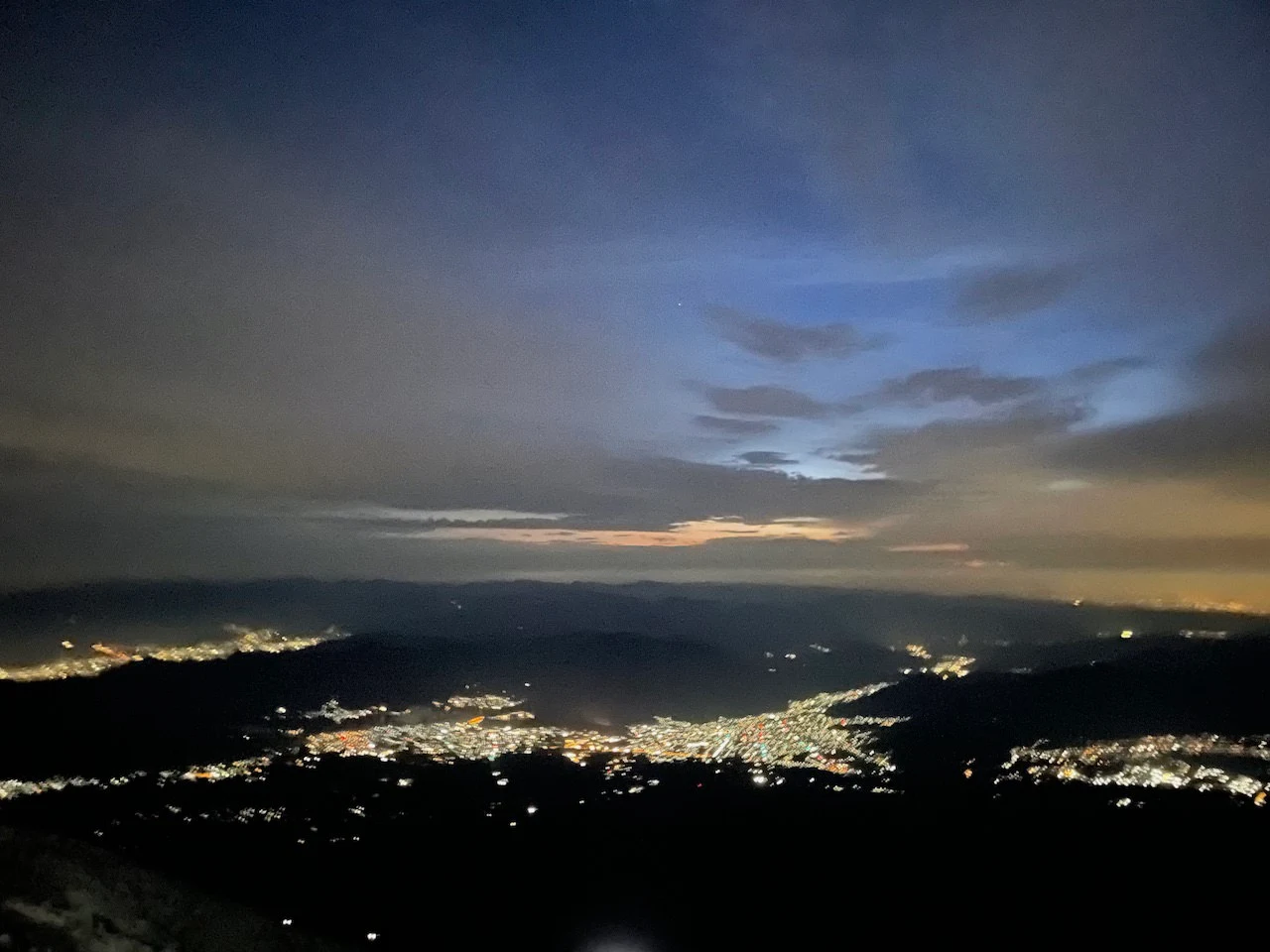
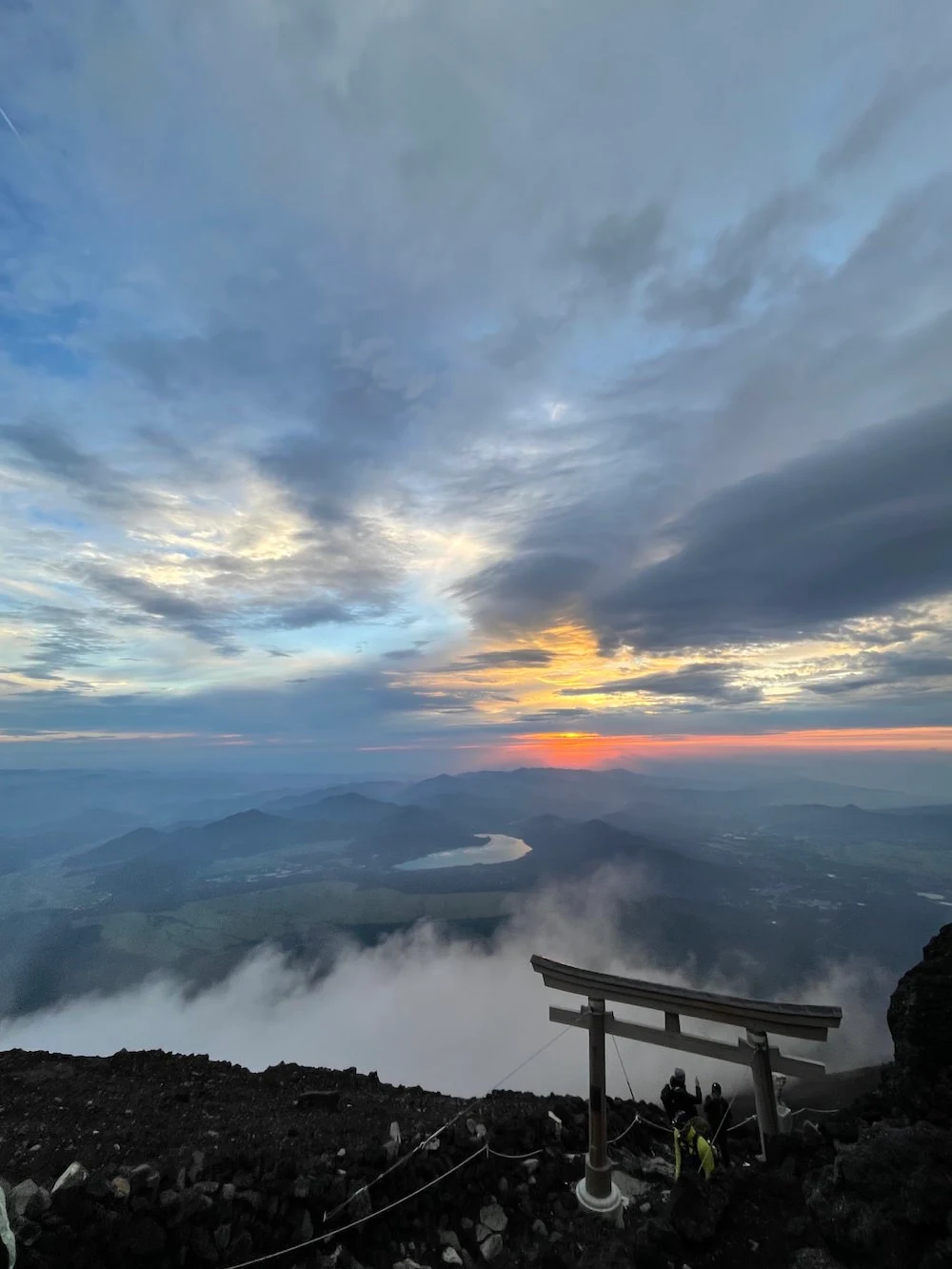
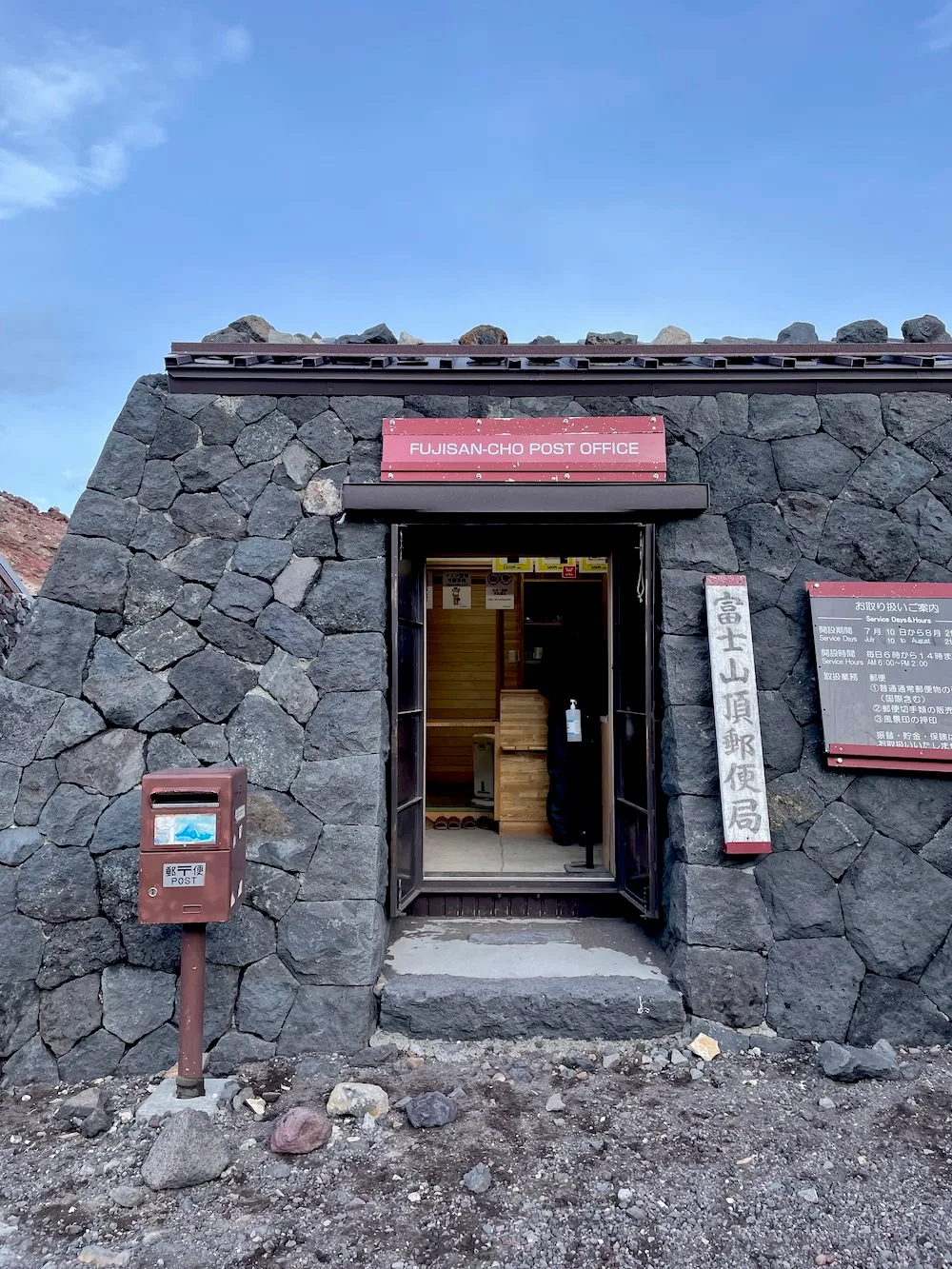
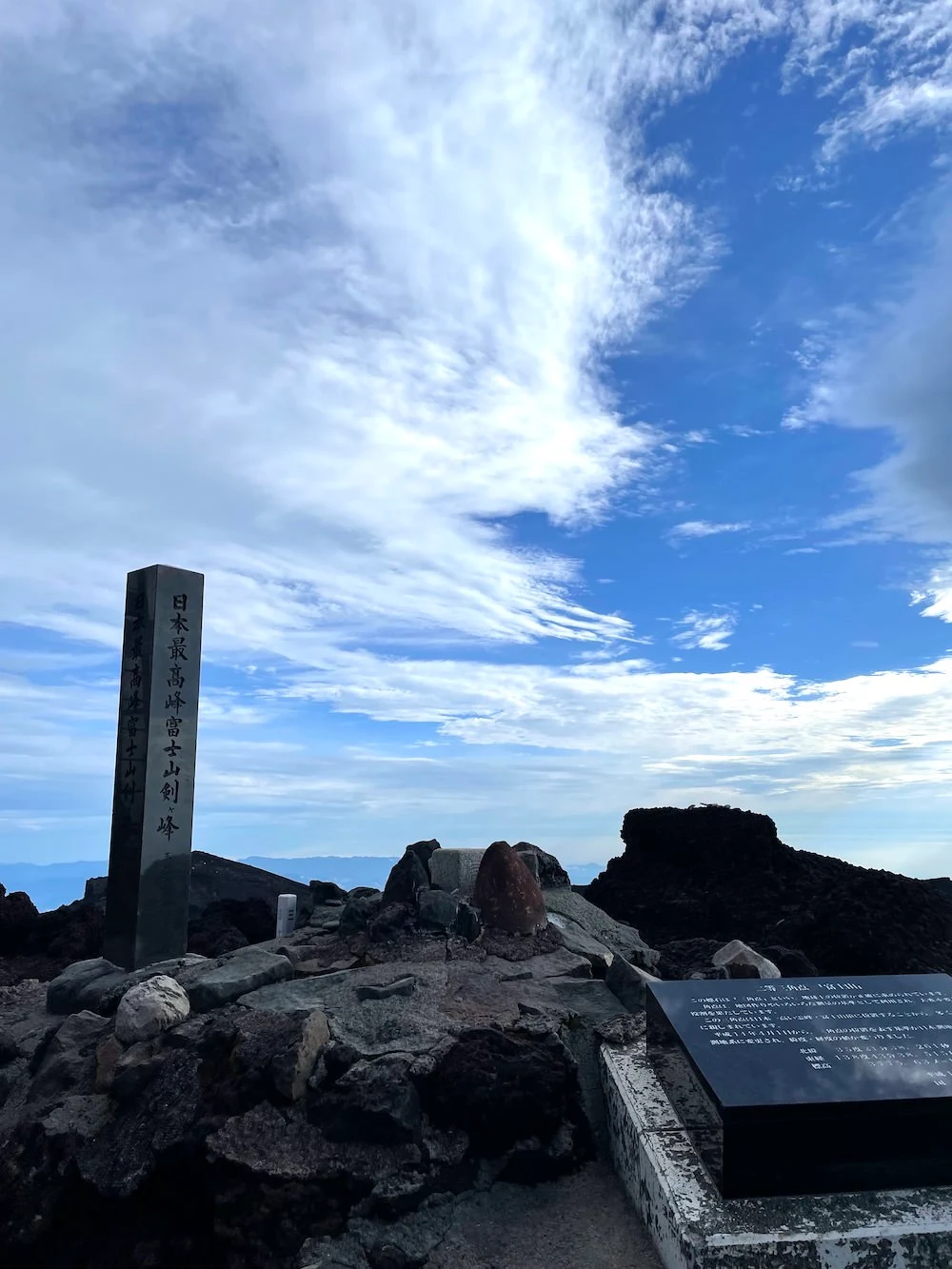


Comments